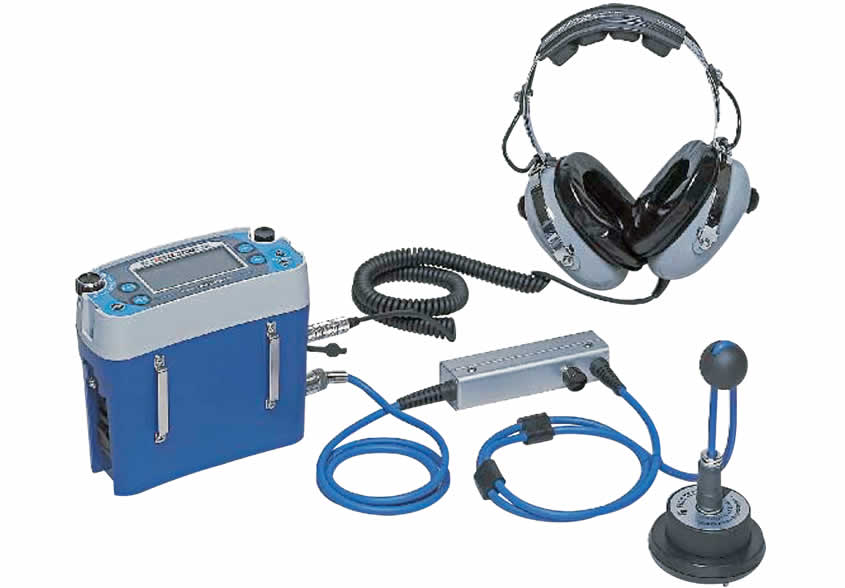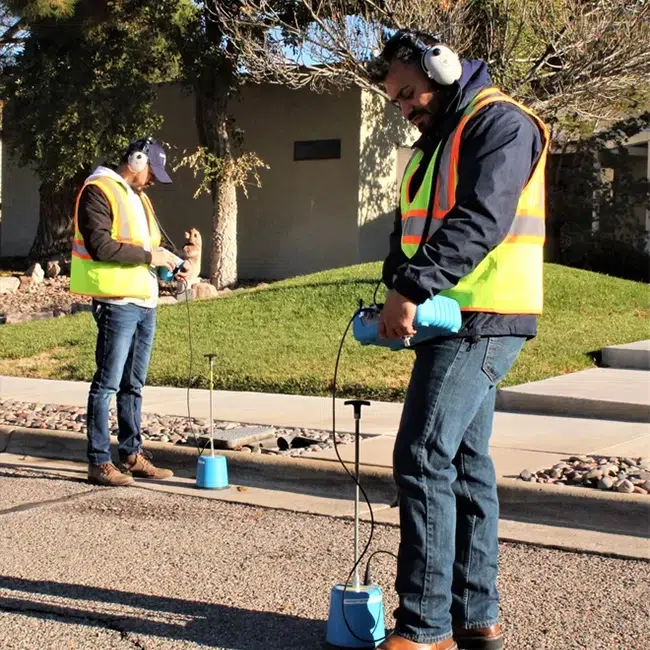Cutting-edge Solutions for Early Discovery of Water Leaks in Structures and Infrastructure
As the stability of buildings and infrastructure is vital, the obstacle of very early discovery of water leakages has actually stimulated innovative options that promise to transform the method we secure versus prospective problems. From cutting-edge leakage detection technologies to the release of IoT sensing units for real-time tracking, the landscape of leakage prevention is progressing swiftly. Artificial intelligence algorithms supply a glimpse right into the future of leakage forecast, while thermal imaging presents a non-intrusive technique for pinpointing concealed leaks. Automated water circulation analysis systems are reshaping exactly how leakages are determined and dealt with, leading the means for an aggressive method to water leak discovery. Each of these remedies holds the crucial to guaranteeing the dependability and longevity of our developed setting, prompting a shift towards an extra sustainable and effective future.
Advanced Leak Detection Technologies
Advanced leak detection technologies, equipped with advanced sensors and algorithms, play an important role in quickly determining and determining water leaks in numerous settings. These technologies use a mix of acoustic, thermal, and electro-magnetic noticing techniques to discover leaks accurately. Acoustic sensing units detect the noise of leaving water, permitting specific localization of the leak source. Thermal imaging spots temperature modifications brought on by water leakage, providing an additional effective technique for leak identification. Electromagnetic sensors can identify adjustments in electro-magnetic areas brought on by water, supplying yet one more layer of leak discovery ability.

IoT Sensors for Real-Time Monitoring
In the realm of modern-day water leak discovery, the assimilation of IoT sensors for real-time tracking stands for a crucial innovation in boosting proactive leakage discovery capacities. These sensing units use continual tracking of water supply, offering real-time information on water flow rates, pressure variants, and temperature modifications. By leveraging IoT innovation, these sensing units can identify even the smallest anomalies in water usage patterns, allowing early identification of prospective leaks prior to they escalate into major issues.
IoT sensors transmit data to a central system, where sophisticated algorithms examine the details and generate alerts or notifications when abnormalities are spotted. This real-time surveillance ability enables homeowner or center supervisors to immediately attend to leaks, minimizing water damages, lowering repair service expenses, and conserving water sources.
Additionally, IoT sensors can be incorporated with building management systems, allowing for computerized actions to discovered leaks, such as closing off water shutoffs or activating pumps to alleviate the effect of leaks. On the whole, the application of IoT sensors for real-time surveillance substantially enhances the performance and performance of water leakage detection in structures and infrastructure.
Artificial Intelligence Algorithms for Leakage Prediction

One secret advantage of using artificial intelligence for leakage prediction is its capability to continually learn and boost its accuracy gradually. As more information is gathered and fed right into the formula, it can improve its forecasts and adjust to changing conditions, inevitably boosting the dependability of leak detection systems.
In addition, artificial intelligence formulas can help in identifying subtle signs of leakages that click to find out more might go unnoticed by typical surveillance approaches. water leak detection. By evaluating intricate data embed in real-time, these algorithms can provide very early warnings and informs, enabling punctual intervention and precautionary upkeep to mitigate potential water damages and linked costs
Using Thermal Imaging for Leakage Discovery
Thermal imaging modern why not try these out technology provides an appealing strategy for spotting water leakages in numerous systems and infrastructures. By making use of infrared radiation and temperature level variations, thermal imaging cameras can recognize surprise leakages that are not quickly visible to the nude eye. When water gets away from pipelines or structures, it usually transforms the temperature of the surrounding area, creating temperature level differentials that thermal electronic cameras can record. These temperature abnormalities are after that converted into visible pictures, highlighting the exact location of the leak.
One of the vital benefits of thermal imaging for leakage detection is its non-intrusive nature. Overall, the usage of thermal imaging technology improves the effectiveness and precision of water leakage discovery, making it an important device for maintaining the stability of buildings and infrastructures.
Automated Water Circulation Analysis Solutions
Just how can automated water flow evaluation systems transform the discovery and monitoring of leaks in numerous systems and facilities? Automated water circulation analysis systems use an aggressive method to leakage detection by continually keeping an eye on water flow prices and patterns. By developing baseline information, these systems can swiftly determine deviations that may show a over here leak, allowing punctual intervention to prevent extensive damage.
These systems use innovative formulas to evaluate real-time information and supply prompt signals when anomalies are identified, enabling for speedy action to be taken. In addition, automated water flow evaluation systems can be incorporated with structure management systems or IoT systems, enhancing general performance and making it possible for remote monitoring abilities.
Furthermore, the data accumulated by these systems can be made use of for anticipating upkeep functions, assisting to identify potential weak factors in the framework prior to leakages take place. On the whole, the execution of computerized water circulation evaluation systems can considerably improve leak discovery and management techniques, inevitably causing cost savings, decreased water wastefulness, and increased sustainability in structures and infrastructure.

Verdict
In conclusion, the combination of sophisticated leak discovery technologies, IoT sensing units, artificial intelligence algorithms, thermal imaging, and automated water circulation evaluation systems supplies innovative options for early discovery of water leaks in structures and framework. These innovations enable real-time tracking, forecast of leaks, and efficient detection approaches to stop water damage and waste. Carrying out these solutions can help in maintaining the honesty and sustainability of water supply in various settings.